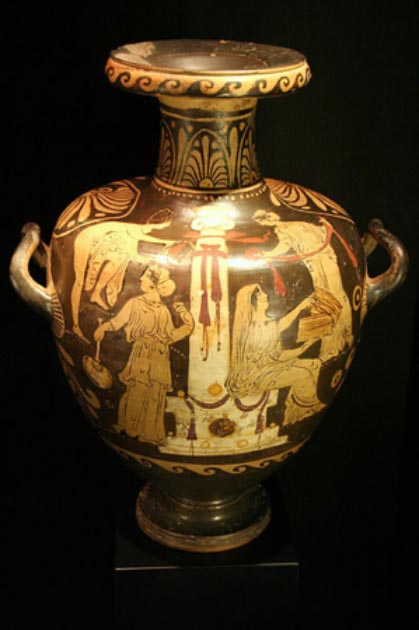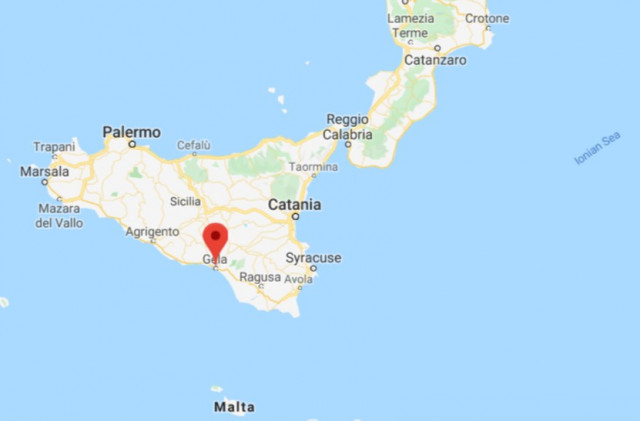Unusual Greek Baby Burial Unearthed in Sicily
In the Sicilian town of Gela, workers who installed cables under a road have uncovered part of the ancient Greek burial.
This month’s people in Gela, Sicily, in Via Di Bartolo, expected road work disruption because of workers installing street-side fiber optic cables.
But instead, they ended up getting an archeological dig outside their front gate after an old necropolis dating back to the 7th century BC was found by the Open Fiber cabling company

The ceramic water jug containing bones of a newborn child and parts of a large animal skeleton according to local authorities has so far been found along the small strip of the road.
The finds were reportedly made by Open Fiber’s in-house archaeologist, Gianluca Calà, who had been on call during the installation work in case of such discoveries, which are not that unusual in Sicily.

A sarcophagus containing an intact skeleton thought to be from the same period was discovered earlier this month in Gela.”
Two weeks after the last important discovery, in what is certainly a Greek necropolis, Gela gives us other extraordinary testimonies of the past” the Sicilian regional government stated in a press release.
The area where the discoveries were made is believed to be part of a necropolis first excavated at the beginning of the twentieth century by Paolo Orsi, according to the La Sicilia newspaper.
“Once again Gela is confirmed to be a part of Sicily that can tell us an important part of our ancient history.
Two important archaeological finds, a short distance from each other, show that great attention is paid to the Gela area, which I believe to be a precious treasure chest,” said local
Open Fiber said it would be willing to enlarge the excavation area to help historians and archaeologists uncover more ancient finds in Gela, La Sicilia wrote.
Gela is believed to be the site of one of the earliest settlements of Greeks, from Rhodes and Crete.
“The newly-uncovered graves are seen as particularly important by historians,” the Sicilian regional government stated, “as they’re thought to hold the remains of the first settlers along with examples of the fine ceramics they brought with them.”





